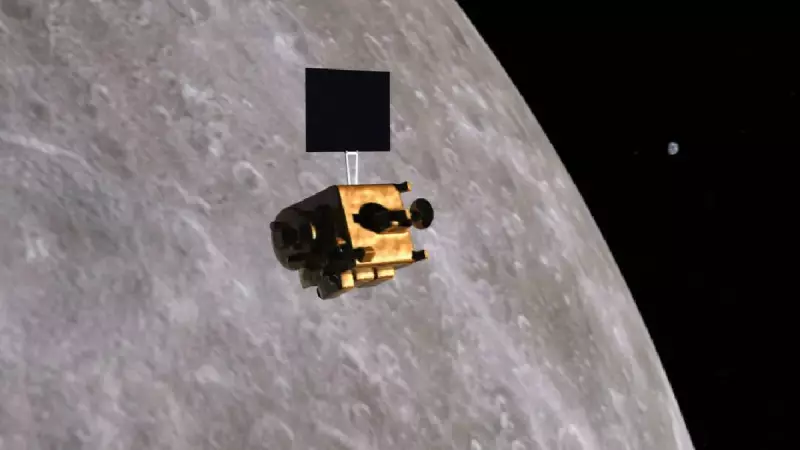
Sixteen years ago, India embarked on an extraordinary journey that would forever change its position in the global space arena. The Chandrayaan-1 mission, launched on October 22, 2008, wasn't just another satellite deployment—it was the bold statement that announced India's arrival as a serious spacefaring nation.
The Foundation of India's Space Ambitions
Chandrayaan-1 represented India's first venture beyond Earth's orbit, marking a significant technological leap for the Indian Space Research Organisation (ISRO). The mission carried eleven scientific instruments, including five from international space agencies, demonstrating India's growing credibility in the global scientific community.
The most groundbreaking discovery came when the mission confirmed the presence of water molecules on the lunar surface, a finding that revolutionized our understanding of Earth's closest celestial neighbor and opened new possibilities for future lunar colonization.
Building Blocks for Future Success
The technological expertise gained from Chandrayaan-1 became the cornerstone for subsequent Indian space missions:
- Advanced navigation and deep space communication systems
- Precision landing technologies that would later enable Chandrayaan-3's success
- International collaboration frameworks that strengthened global partnerships
- Cost-effective mission management approaches that became ISRO's trademark
From Lunar Dreams to Interplanetary Reality
The success of Chandrayaan-1 didn't just stop at lunar exploration. It built the confidence and technical foundation that enabled ISRO to attempt even more ambitious projects. The Mars Orbiter Mission (Mangalyaan) in 2013, which made India the first Asian nation to reach Martian orbit, directly benefited from the deep space experience gained during the lunar mission.
Today, as India celebrates the soft landing of Chandrayaan-3 near the lunar south pole, we must acknowledge that this remarkable achievement stands on the shoulders of the pioneering Chandrayaan-1 mission. The 2008 expedition not only discovered water on the Moon but also unlocked India's potential as a leading space explorer.
The legacy of Chandrayaan-1 continues to inspire a new generation of scientists, engineers, and space enthusiasts across India, proving that with determination and innovation, the stars are within reach.





